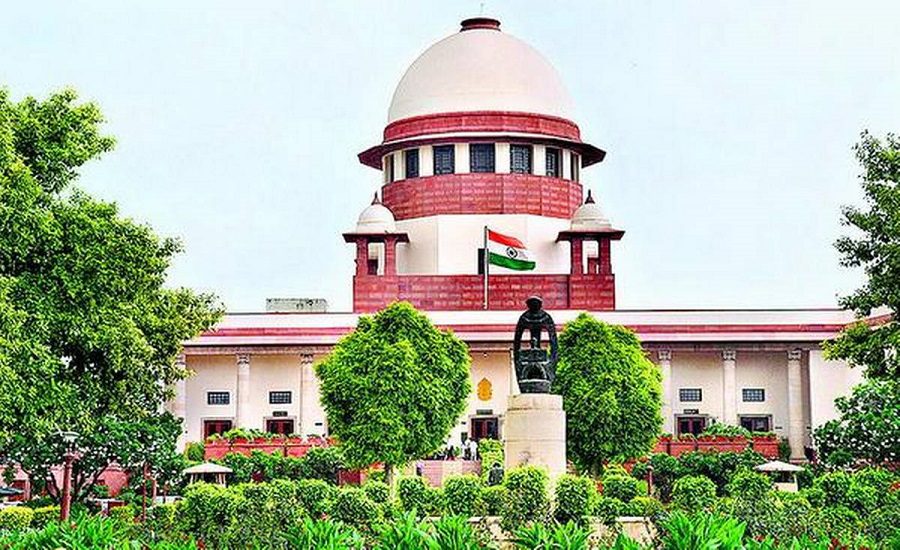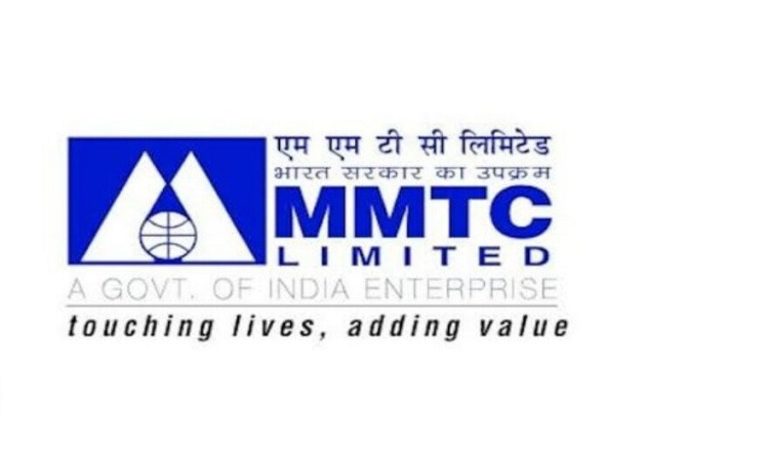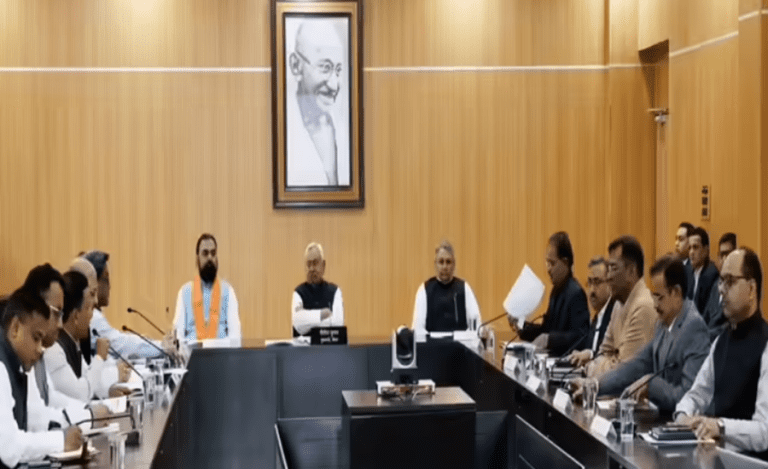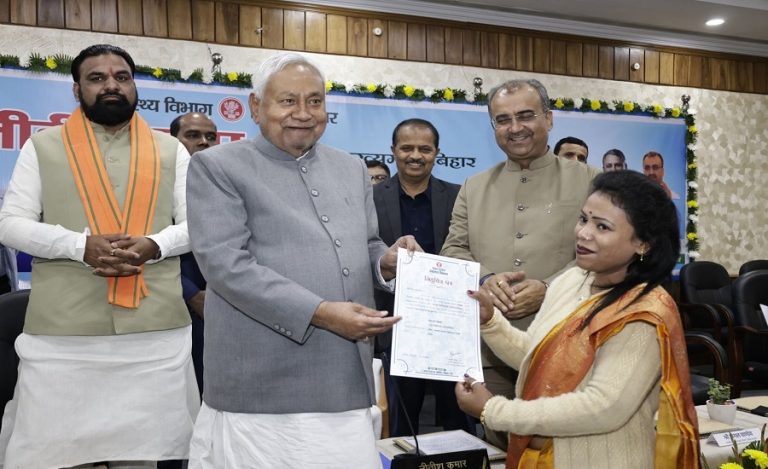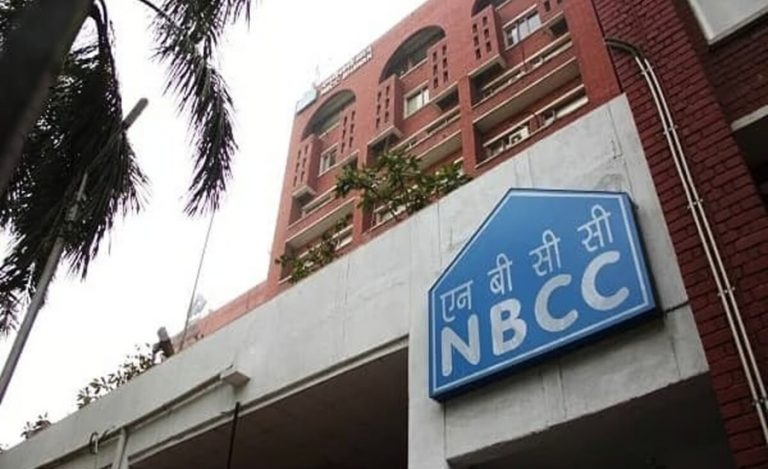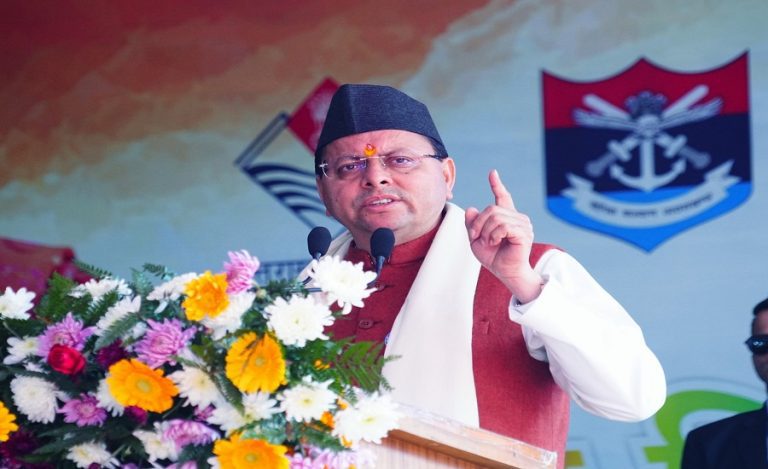New Delhi: The Supreme Court Collegium has taken a major decision to modify its earlier recommendation regarding the transfer of Justice Atul Sreedharan, currently serving at the Madhya Pradesh High Court.
The collegium, led by Chief Justice of India (CJI) B.R. Gavai held a crucial meeting on October 14, 2025, where it resolved to transfer Justice Sreedharan to the Allahabad High Court instead of the previously proposed Chhattisgarh High Court.
Justice Atul Sreedharan: Centre’s Reconsideration Request Changes Destination
The modification came after the Central Government sought reconsideration of the collegium’s original proposal. The Supreme Court Collegium had initially recommended Justice Sreedharan’s transfer from Madhya Pradesh to Chhattisgarh in August 2025.
However, following deliberations on the Centre’s request, the five-member collegium decided to alter the transfer destination. This marks a rare instance where the collegium has modified its own recommendation based on government feedback.
“The Supreme Court Collegium, in its meeting held on 14th October, 2025, on reconsideration sought by the Government, resolved to recommend that Mr. Justice Atul Sreedharan, Judge, High Court of Madhya Pradesh, be transferred to the High Court of Judicature at Allahabad instead of the High Court of Chhattisgarh,” the official statement read.
Judicial Journey of Justice Atul Sreedharan
Justice Atul Sreedharan has had a distinguished career spanning nearly a decade in the higher judiciary. He was first elevated as a judge of the Madhya Pradesh High Court in 2016.
His judicial career took an interesting turn in 2023. That year, Justice Sreedharan requested a transfer from Madhya Pradesh High Court to the Jammu & Kashmir & Ladakh High Court. The reason was deeply personal—his daughter had commenced her law practice in Madhya Pradesh, and to avoid any potential conflict of interest, he sought the transfer.
However, circumstances changed again, and in March 2025, Justice Sreedharan was repatriated back to the Madhya Pradesh High Court. Just months later, in August 2025, the collegium recommended his transfer to Chhattisgarh High Court.
Justice Atul Sreedharan: Understanding Judicial Transfers In India
Judicial transfers in India are handled by the Supreme Court Collegium system, which comprises the Chief Justice of India and the four senior-most judges of the Supreme Court. These transfers are aimed at ensuring balanced distribution of judicial strength across various High Courts and strengthening judicial administration nationwide.
The collegium system also provides for reconsideration when the Central Government raises specific concerns. While the collegium has the final say, it does consider government inputs, particularly on matters of administrative convenience and judicial requirements of different states.
Part Of Larger Transfer Exercise
Justice Sreedharan’s transfer is part of a broader exercise by the Supreme Court Collegium. In August 2025, the collegium had recommended the transfer of 14 High Court judges across various states to ensure optimal distribution of judicial resources.
The current collegium, led by CJI Gavai, has been actively involved in addressing judicial appointments and transfers. CJI Gavai, who assumed office on May 14, 2025, is serving a six-month tenure that will conclude on November 23, 2025.
What’s Next For Allahabad High Court
With this latest recommendation, Justice Atul Sreedharan will now join the Allahabad High Court, one of India’s largest and most prestigious High Courts. The Allahabad High Court serves the state of Uttar Pradesh and has a sanctioned strength of 160 judges.
The transfer will require formal notification from the Central Government before Justice Sreedharan takes charge at his new posting. Typically, such transfers are processed within a few weeks of the collegium’s recommendation.
This modification in the collegium’s proposal underscores the dynamic nature of judicial administration in India and the collaborative approach between the collegium and the government in ensuring effective distribution of judicial officers across the country.

